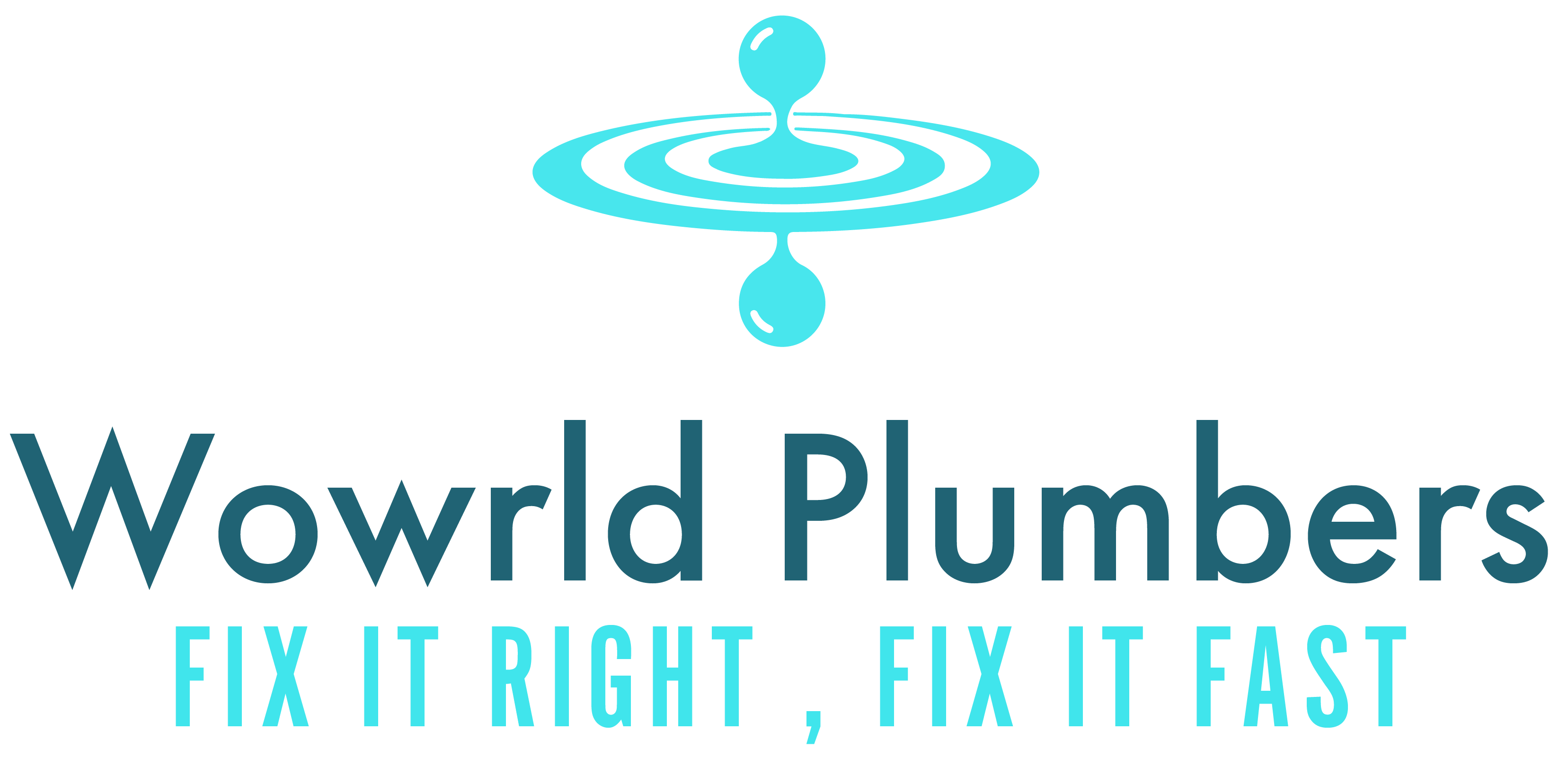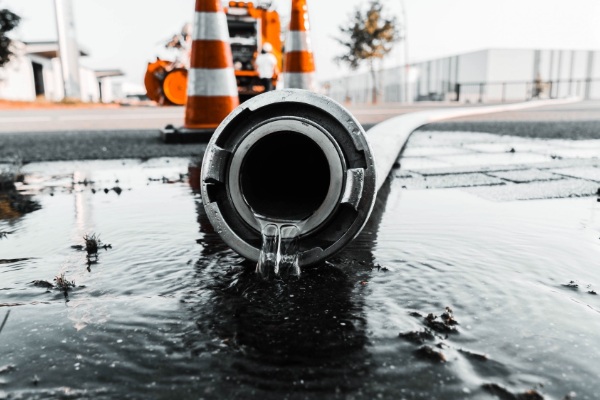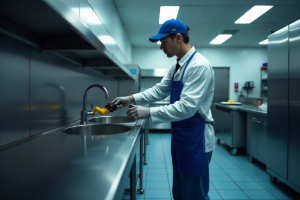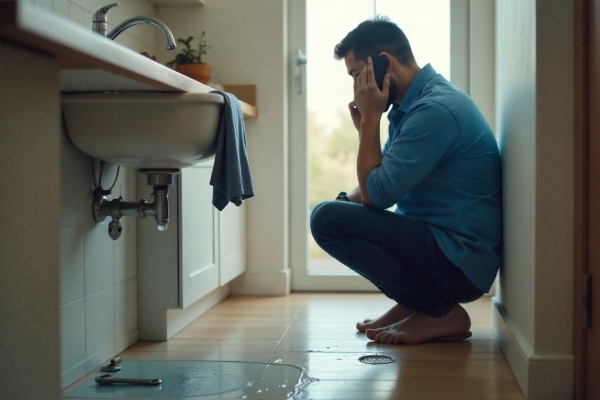Maintaining the drains in your commercial property is essential to ensuring smooth operations and preventing costly disruptions. From restaurants to office buildings, commercial drains serve a vital function in keeping facilities clean and functional. In this guide, we will discuss what commercial drains are, how they differ from residential drains, and how to keep them in optimal condition with regular cleaning and maintenance.
What Is a Commercial Drain?
Commercial drains are designed to handle the higher volume and more complex demands of businesses compared to residential systems. Whether it’s a restaurant, hotel, or office building, commercial drains ensure that wastewater flows efficiently without causing any issues.
Understanding the Purpose of Commercial Drains
Commercial drains are responsible for carrying away wastewater from various sources, including sinks, toilets, showers, and industrial equipment. These drains are built to handle a larger volume of waste and liquids, which can often be more substantial in commercial environments than in residential settings.
How Commercial Drains Differ from Residential Drains
Commercial drains are typically larger in diameter and made from stronger materials than residential drains. They are also designed to handle a broader range of substances, from food waste in restaurants to chemical byproducts in manufacturing plants. Residential drains are usually smaller, less complex, and don’t face the same load or variety of waste.
How Do Commercial Drain Cleaners Work?
Maintaining commercial drains requires specialized cleaning products and techniques. Commercial drain cleaning is more than just unclogging a pipe—it involves ensuring the system remains clear, efficient, and able to handle high volumes of waste.
The Technology Behind Commercial Drain Cleaning Products
Commercial drain cleaners often contain powerful enzymes or chemicals that break down grease, oil, soap scum, and other organic waste that accumulates in drains. Some modern cleaners use bio-based enzymes to safely clear blockages while also being more environmentally friendly. Other cleaners may employ foaming action or pressure to clear stubborn debris from pipes.
Professional Tools Used for Commercial Drain Maintenance
Professional plumbers use specialized tools to clean and maintain commercial drains, including:
- Hydro-jetting: A high-pressure water system that clears debris and buildup from pipes.
- Drain snakes: Long flexible tools used to break up or retrieve blockages.
- Video pipe inspection: Cameras are sent into pipes to locate and identify issues without needing to dig up the system.
- Mechanical augers: Devices that can break up solid blockages in pipes.
How Often Should Commercial Drains Be Cleaned?
Regular drain cleaning is vital to prevent blockages, slow drainage, and potential flooding. However, the frequency of cleaning depends on various factors, including the type of business, the volume of waste, and the existing condition of the drain system.
Recommended Cleaning Schedules for Optimal Performance
For most commercial properties, drain cleaning should be done at least once every 6 to 12 months. High-traffic areas like kitchens or bathrooms may require more frequent cleanings. Restaurants, for example, may need drains cleaned more often due to grease buildup.
Factors That Affect Drain Cleaning Frequency
- Type of business: A restaurant, bar, or healthcare facility might require more frequent cleaning than a small office or retail store.
- Drainage system age: Older drainage systems may require more frequent maintenance due to wear and tear.
- Volume of usage: Properties with high foot traffic or large-scale operations often produce more waste, leading to more frequent cleaning needs.
- Drainage issues: If you notice slow drainage, foul odors, or frequent blockages, it’s a sign that your drains may need to be cleaned more regularly.
Best Practices for Drain Maintenance
Maintaining commercial drains is an ongoing process that involves regular cleaning, proper waste disposal, and preventative measures. Implementing best practices can extend the lifespan of your drainage system and minimize costly repairs.
Preventative Measures for Long-Lasting Drains
- Install drain traps and strainers: These prevent large debris, food scraps, and other solids from entering the drain.
- Educate employees: Ensure staff members understand what can and cannot be disposed of in drains. For example, grease and oils should never be poured down the sink.
- Use enzymatic cleaners: Regularly use enzymatic drain cleaners to break down waste buildup, especially in kitchens or areas with heavy liquid waste.
- Monitor water flow: Regularly check for slow drains, which can be an early warning sign of blockages.
Implementing a Maintenance Plan for Commercial Properties
Having a proactive maintenance plan for your commercial property’s drains is essential. This plan should include regular inspections, cleanings, and updates to ensure that the system continues to function properly. Schedule annual or semi-annual maintenance, and always address any warning signs of drain issues immediately to prevent more severe problems.
Commercial drains are crucial components of your business’s infrastructure. Regular maintenance, timely cleaning, and preventative measures will keep your drains functioning at their b
est and help avoid costly disruptions. Understanding the differences between commercial and residential drains, utilizing professional tools, and setting up an effective maintenance plan will ensure that your plumbing system runs smoothly for years to come.





